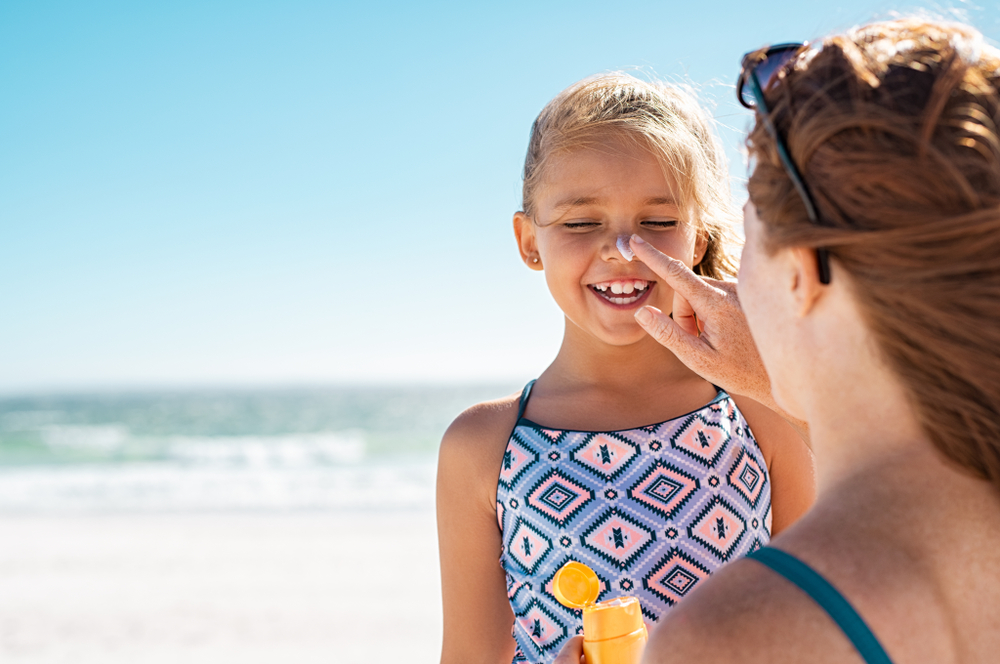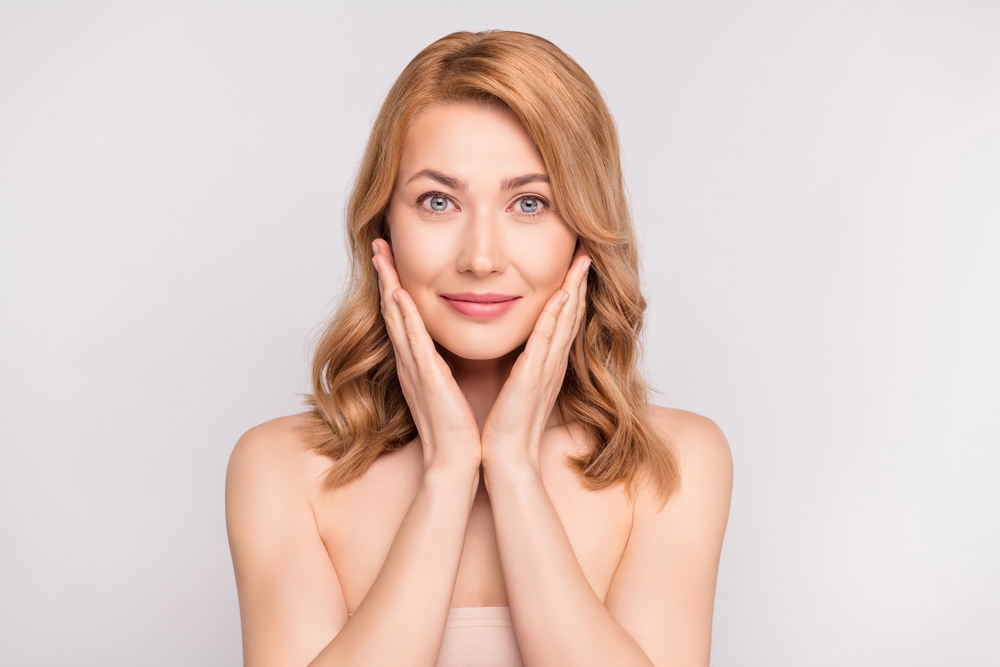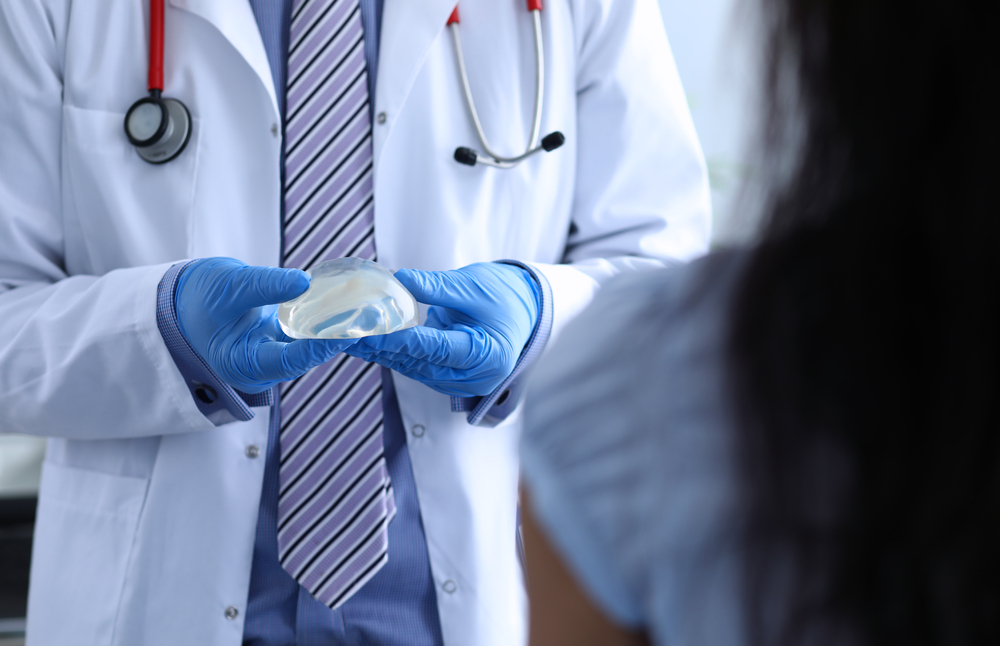As the sun’s warm rays herald the arrival of summer, they also bring a reminder of the importance of sun protection. Our skin, the largest organ of the body, is constantly exposed to ultraviolet (UV) radiation from the sun, which can lead to a range of skin issues, from premature aging to skin cancer. One of the most effective ways to shield our skin from these harmful effects is by using sunscreen with an appropriate Sun Protection Factor (SPF). Understanding SPF and its role in sun protection is crucial for maintaining skin health.
What Is SPF?
SPF stands for Sun Protection Factor, a measure of how well a sunscreen will protect skin from UVB rays, the kind of radiation that causes sunburn and contributes to skin cancer. SPF numbers indicate how much longer it would take for your skin to burn with sunscreen compared to without. For example, if you use an SPF 30 sunscreen, it theoretically takes 30 times longer for your skin to burn than it would without any protection.
How Does SPF Work?
Sunscreens work by absorbing, reflecting, or scattering sunlight. They contain organic (chemical) and inorganic (physical) active ingredients. Chemical ingredients, like avobenzone or octinoxate, absorb UV radiation and transform it into heat, which is then released from the skin. Physical ingredients, such as zinc oxide or titanium dioxide, act as a shield that reflects UV radiation away from the skin.
Broad-Spectrum Protection
When choosing a sunscreen, it’s important to look for one labeled “broad-spectrum.” This means the sunscreen protects against both UVA and UVB rays. UVB rays are primarily responsible for sunburn and play a significant role in developing skin cancer. UVA rays penetrate the skin more deeply, contributing to premature aging and also increasing skin cancer risk. Broad-spectrum sunscreens ensure comprehensive protection against the full spectrum of harmful UV radiation.
Selecting The Right SPF
The American Academy of Dermatology (AAD) recommends using a sunscreen with an SPF of at least 30, which blocks about 97% of UVB rays. Higher SPFs block slightly more UVB rays, but no sunscreen can block 100% of UVB rays. For most people, SPF 30 provides adequate protection if applied correctly and generously. However, higher SPF sunscreens are beneficial for those with very fair skin, a history of skin cancer, or when engaging in outdoor activities for extended periods.
Application and Reapplication
Applying sunscreen properly is key to its effectiveness. Here are some tips for getting the most out of your sunscreen:
1. Apply Generously: Most people apply only 25-50% of the recommended amount of sunscreen. For full body coverage, use about an ounce (a shot glass full) of sunscreen.
2. Cover All Exposed Areas: Don’t forget commonly missed spots like the ears, neck, tops of feet, and the back of the knees.
3. Apply 15-30 Minutes Before Sun Exposure: This allows the sunscreen to bind properly to your skin.
4. Reapply Every Two Hours: Sunscreen wears off over time, especially if you’re sweating, swimming, or towel drying. Reapply every two hours, and immediately after swimming or sweating.
Beyond Sunscreen: Comprehensive Sun Protection
While sunscreen is a vital component of sun protection, it should be part of a broader sun safety strategy:
- Seek Shade: Especially during peak sun hours (10 a.m. to 4 p.m.).
- Wear Protective Clothing: Long-sleeved shirts, pants, and wide-brimmed hats offer extra protection.
- Use Sunglasses: Protect your eyes from UV radiation, which can lead to cataracts and other eye conditions.
- Be Cautious Near Water, Snow, and Sand: These surfaces reflect the sun’s rays, increasing the risk of sunburn.
Understanding UV Index
The UV Index is a useful tool for planning outdoor activities safely. It measures the strength of UV radiation on a given day, with values ranging from 0 (low) to 11+ (extreme). Higher values indicate a greater risk of skin damage, necessitating more rigorous sun protection measures.
Common Myths About SPF
- Myth: High SPF sunscreens don’t need reapplication. Reality: All sunscreens need to be reapplied every two hours and after swimming or sweating.
- Myth: Sunscreen is unnecessary on cloudy days. Reality: Up to 80% of UV rays can penetrate clouds, so sun protection is still necessary.
- Myth: Individuals with deeper skin tones don’t need sunscreen. Reality: While higher melanin levels provide some protection, individuals with deeper skin tones are still at risk for UV damage and skin cancer.
Protecting your skin from the sun is essential for maintaining long-term skin health. By understanding SPF and integrating sunscreen into a broader sun protection strategy, you can enjoy the benefits of the outdoors while minimizing the risks of UV damage. Remember, sun protection is not just a summer concern but a year-round commitment to your health and well-being. So, slather on that sunscreen, don your hat and sunglasses, and step out into the sun with confidence and care.
Dr. Liza Wu Is Your Board-Certified Plastic And Reconstructive Surgeon
At Prive Plastics, we understand that choosing to undergo plastic surgery is a significant decision, and we want you to feel confident and reassured every step of the way. With Dr. Liza Wu and the Prive Plastics Team, you can trust that you’re in the hands of a skilled surgeon who is dedicated to helping you achieve your aesthetic goals with safety, precision, and care.
If you wonder if you are a good candidate for any of our surgical services, start with a TeleHealth consultation. After your personalized consultation for surgical services, you can look forward to treatment in a state-of-the-art office in Boca Raton. For customized treatment plans for your face and body, call Prive Plastic Surgery today at 561-717-3181.



